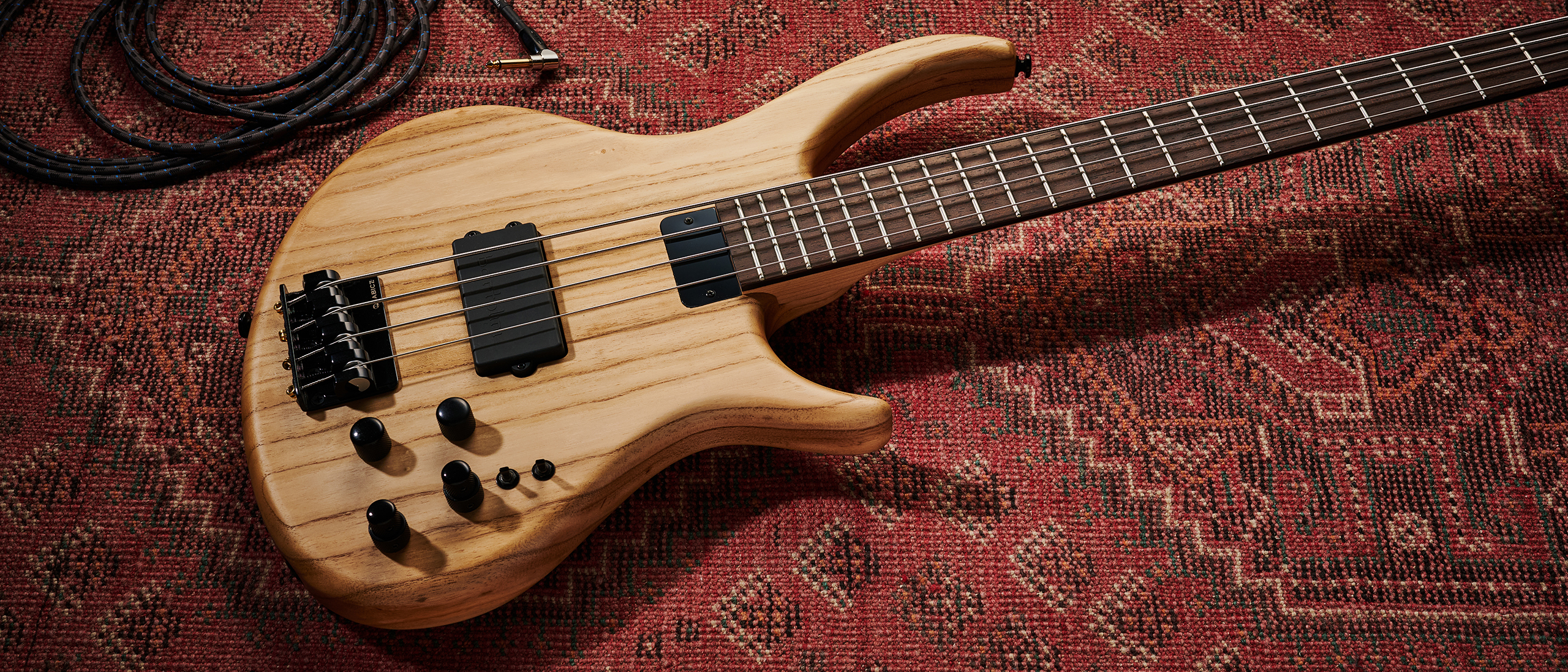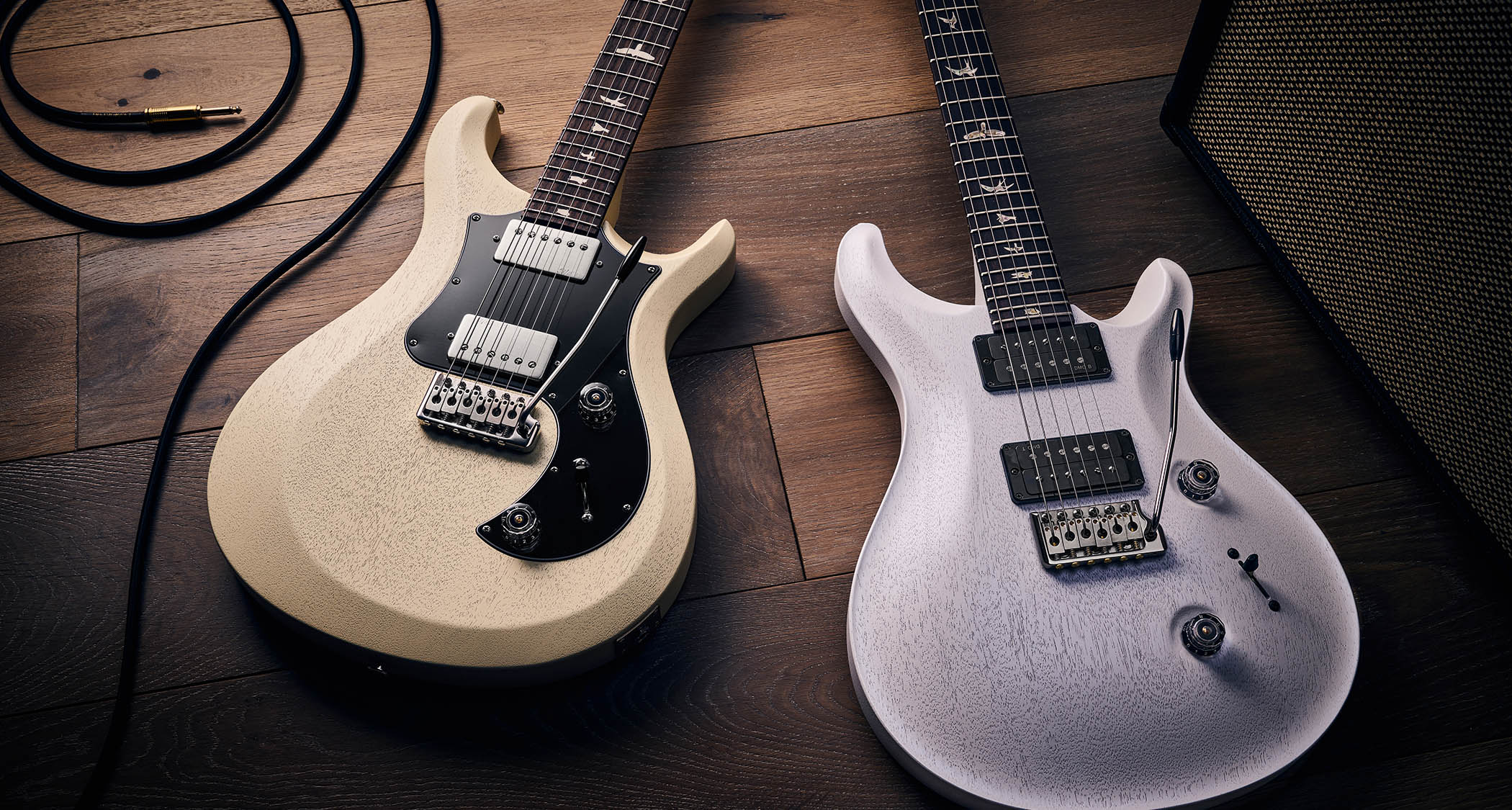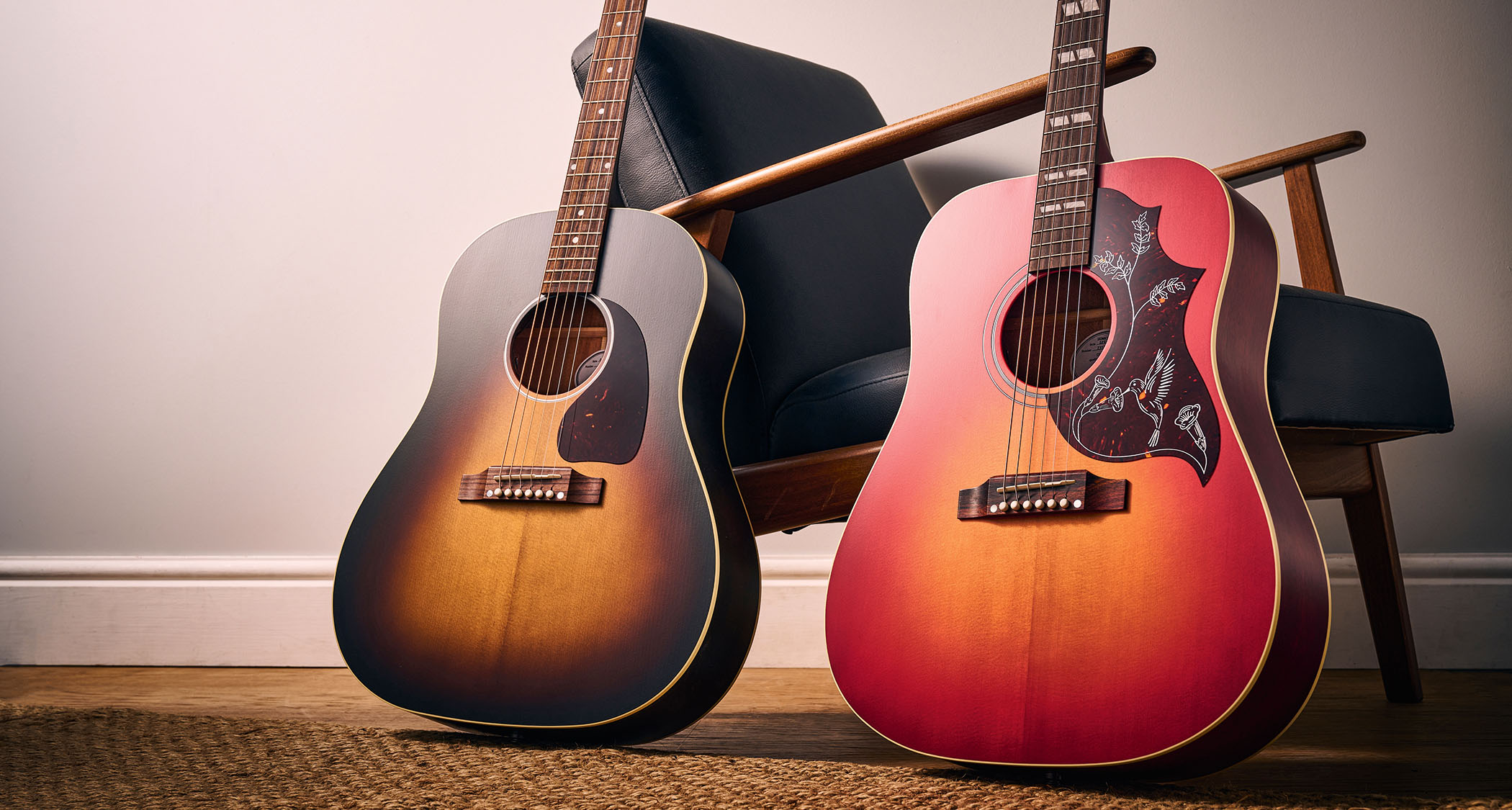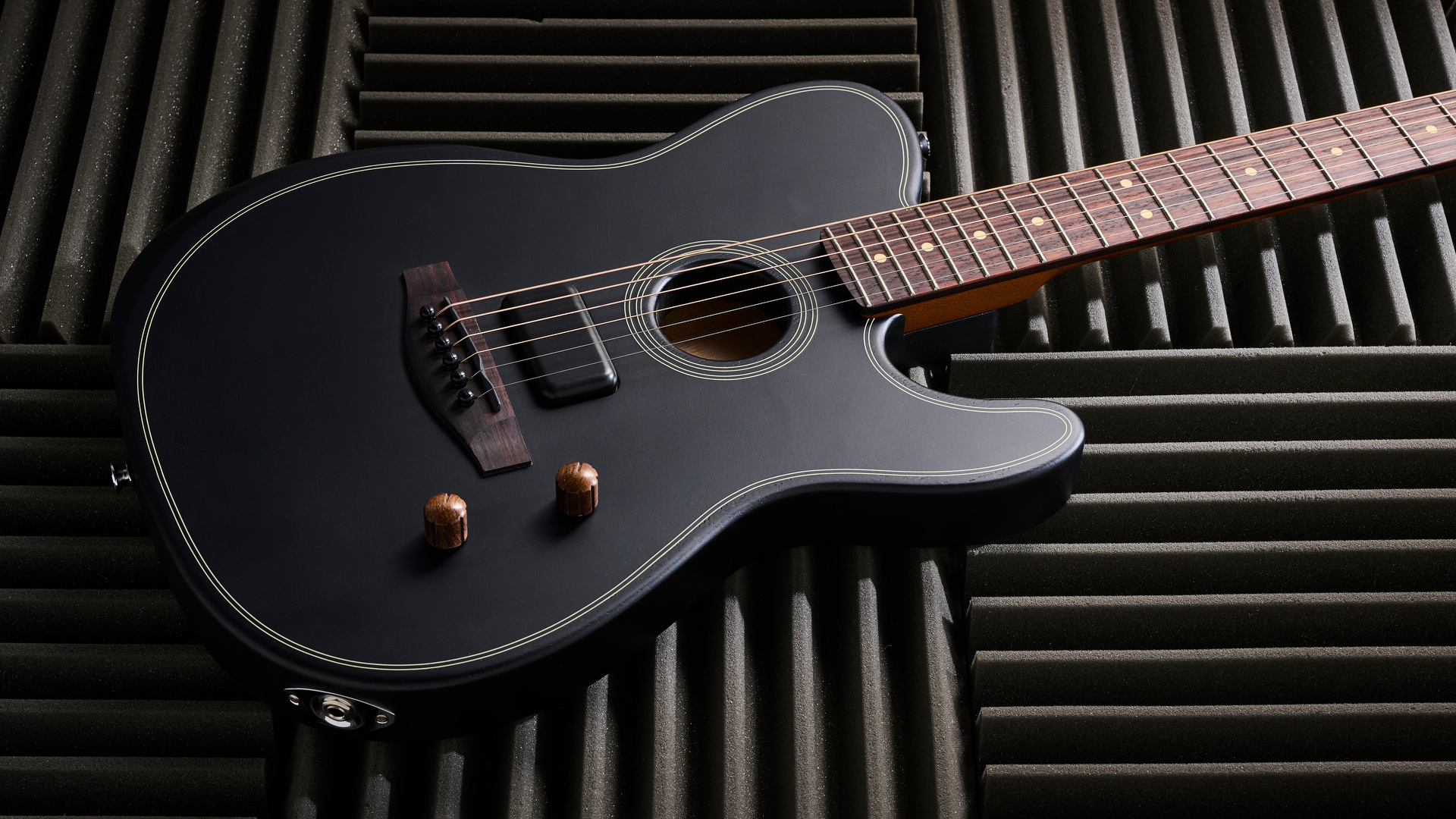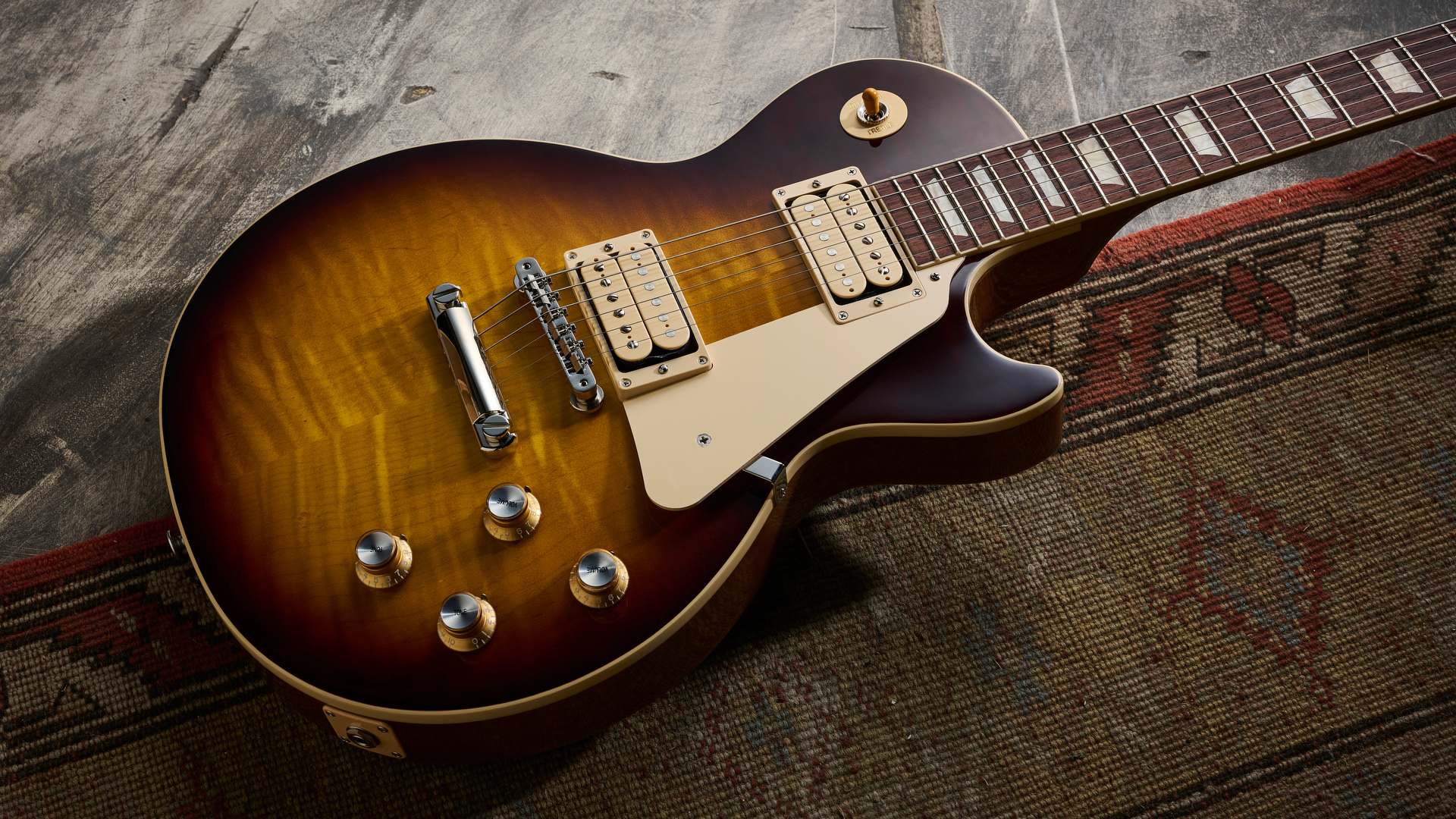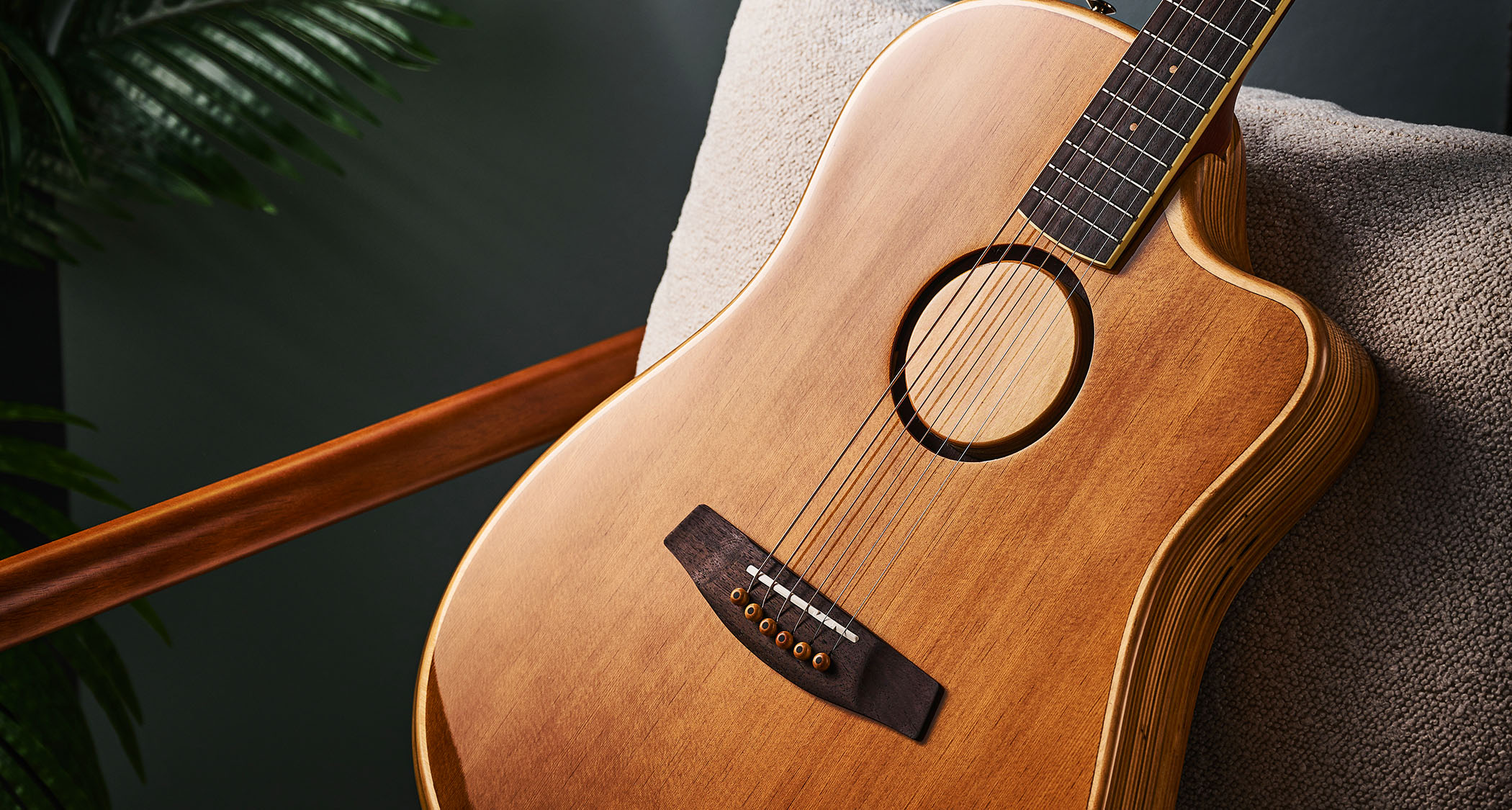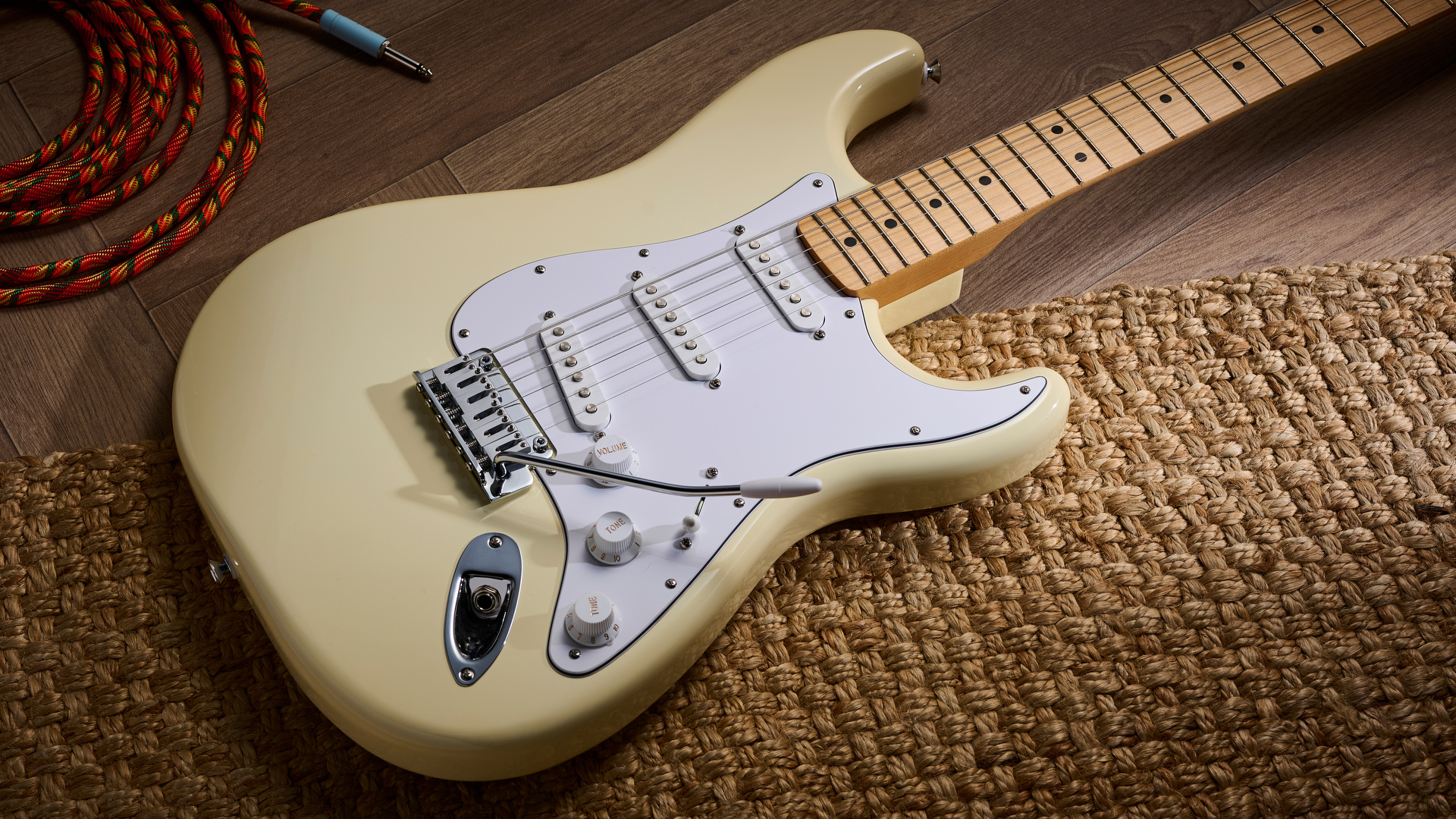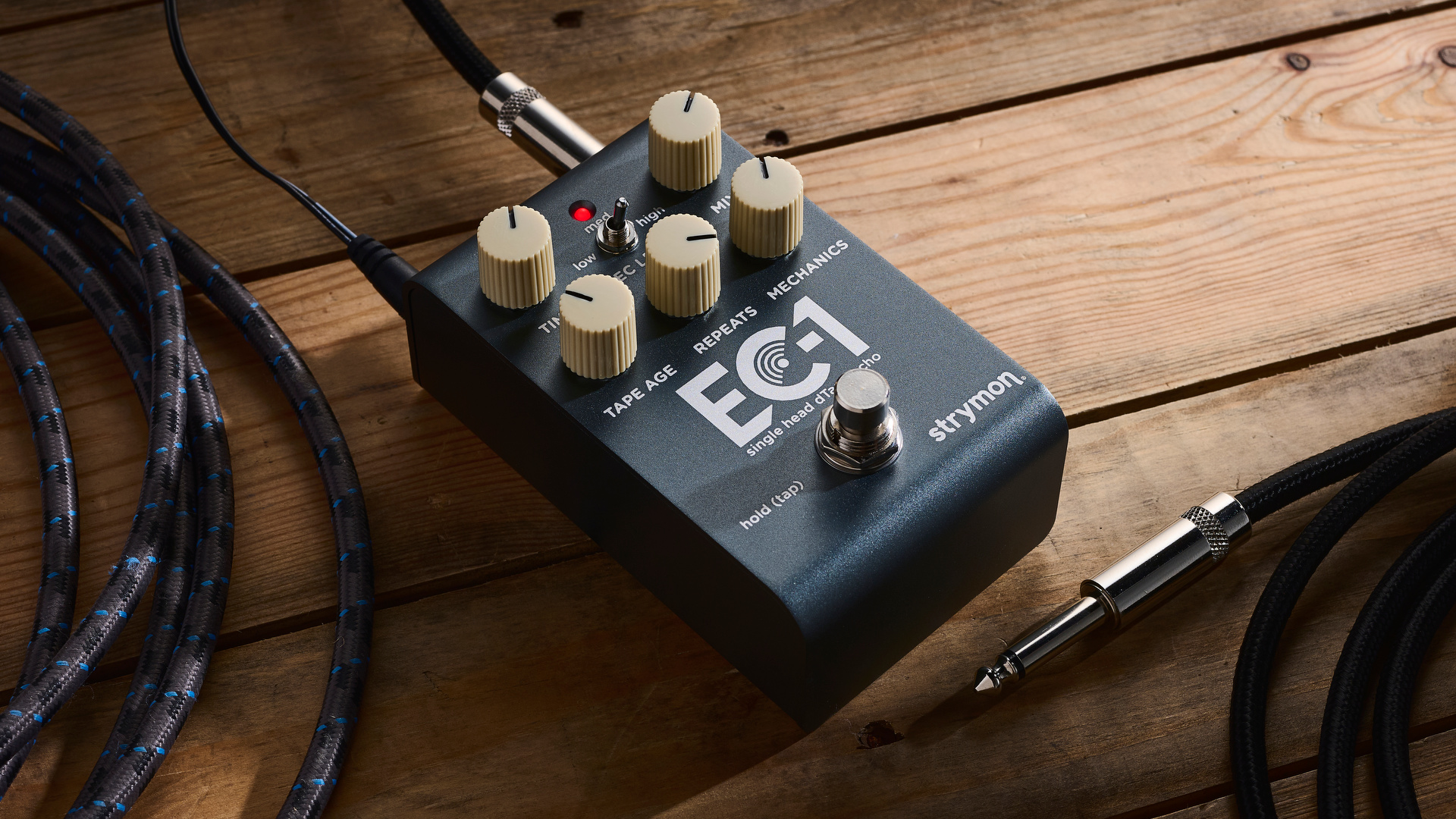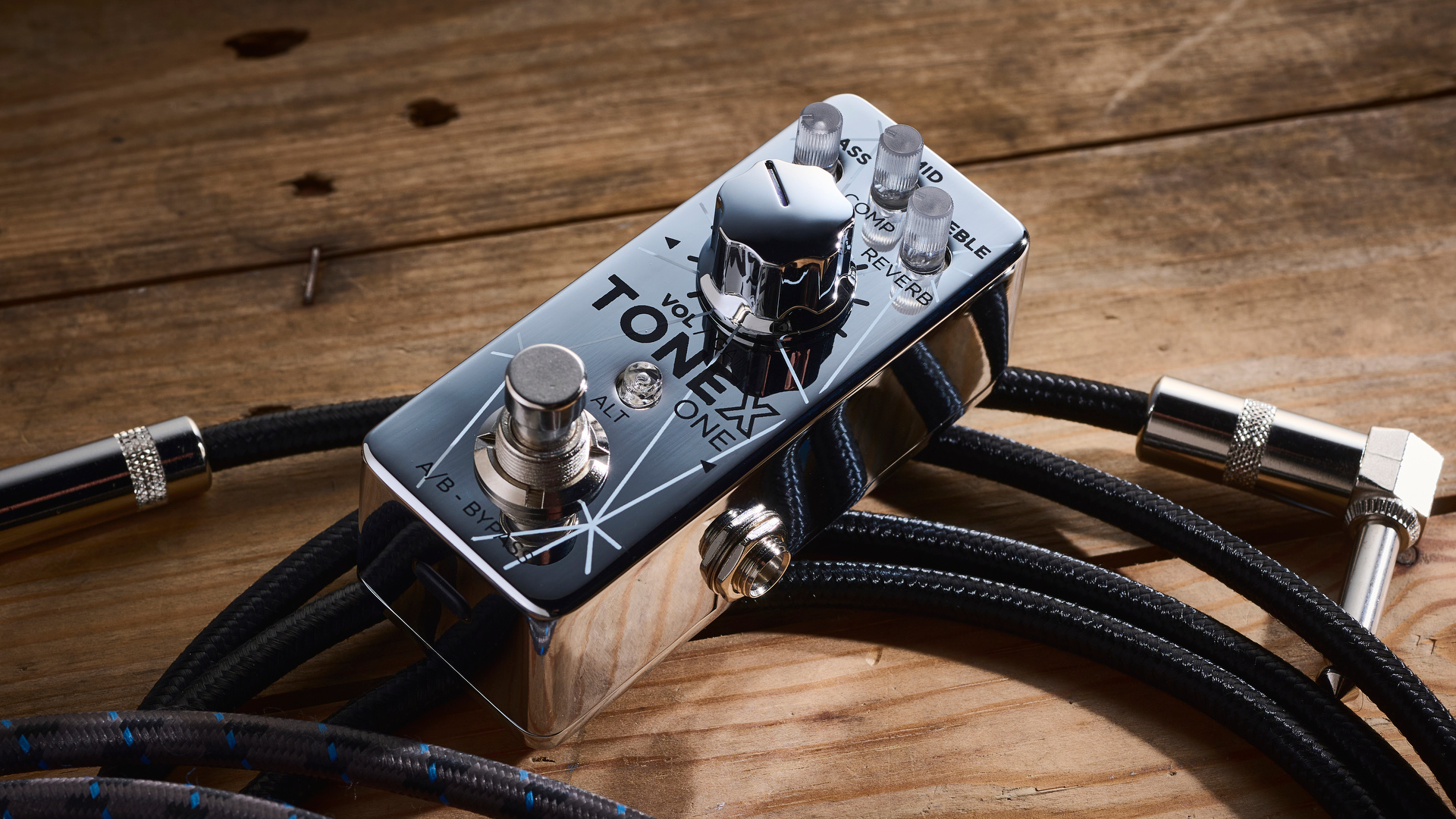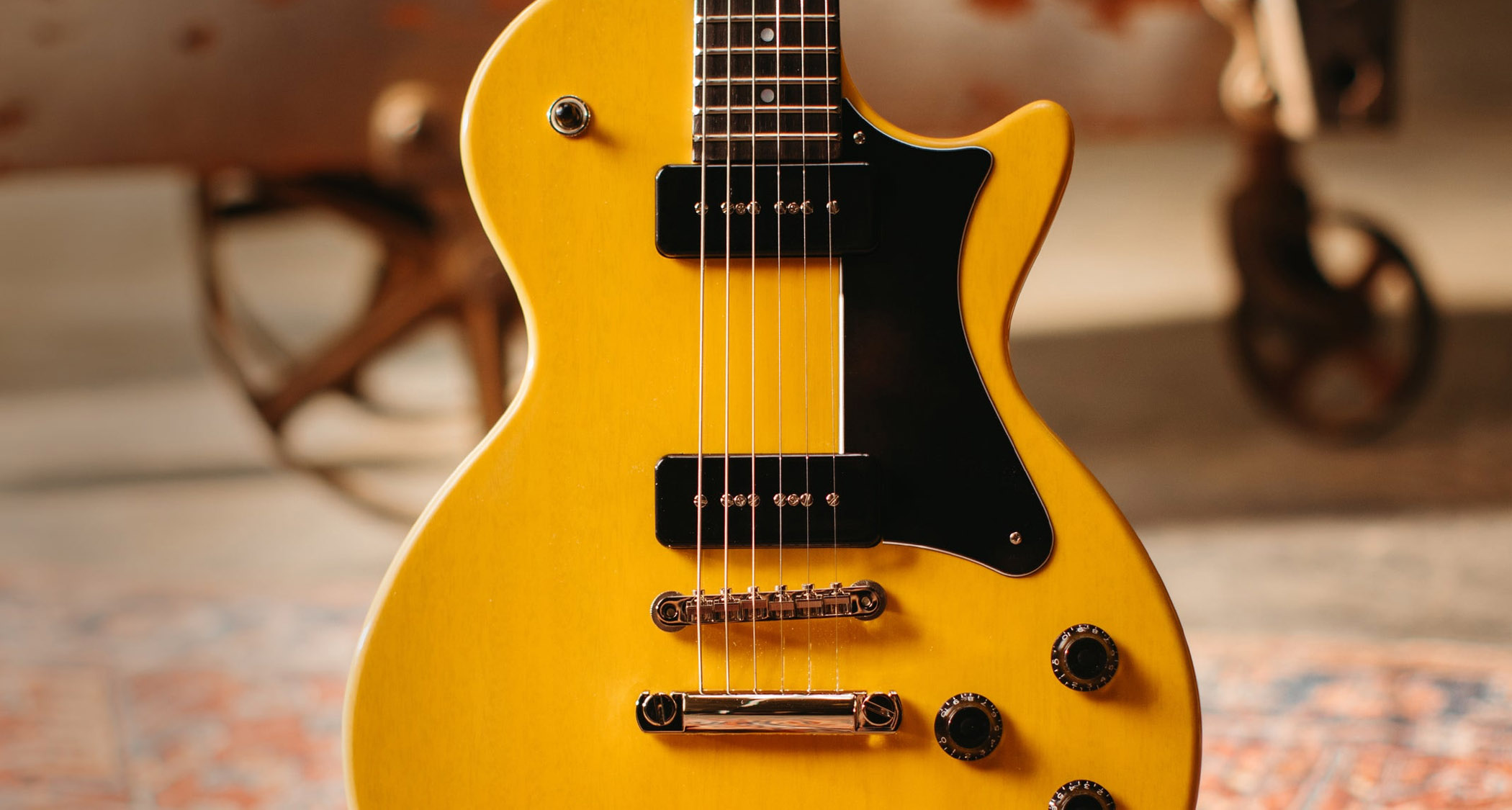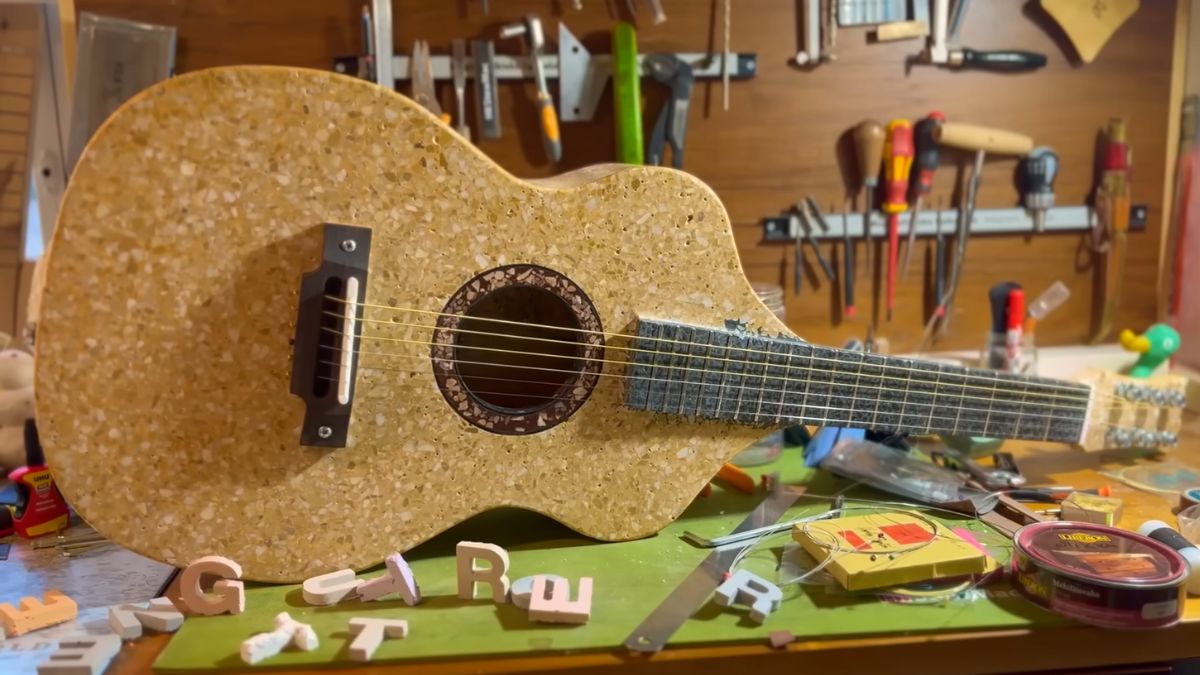Guitar World Verdict
You can’t help thinking you’re getting a lot of guitar for the money with the Rapier 33, and it’s a refreshing change to the multitude of more standard Strat-inspired electrics out there.
Pros
- +
Good build.
- +
Excellent feel to the neck with slick playability.
- +
Stable vibrato.
- +
Nicely voiced hum-cancelling pickups.
- +
Lots of sounds beyond the 60s clichés.
Cons
- -
We’d prefer a standard nut rather than the zero fret.
- -
Here’s hoping that Rapier doesn’t ignore the left-handed player.
You can trust Guitar World
Gentlefolk of a certain age might well remember Watkins’ Rapier models the first time around. For the rest of us, they’re a footnote, a nod back to the time when us Brits made guitars in considerable numbers.
But like any modern retro repro, the backstory is irrelevant to the quality and price of the instrument on offer – and that’s what we’re concentrating on here. Although at a lowly full list price of £429, this new Chinese-made Rapier 33 doesn’t exactly inspire confidence…
Well, let’s scotch that right here and now: this is not only a very tidily made guitar, it also has a very in-tune vibrato system and one of the most creatively bonkers control circuits we’ve ever encountered. Straight out of the box it plays really well, it’s nice and light in weight, and has oodles of off-kilter pawn‑shop style.
The woodcraft is simple. The body looks like an artist’s impression of a Stratocaster – close but not the same. With slightly pulled-in horns, the ‘almost there’ impression is aided by the depth, which, at 38mm, is slimmer than the standard 45mm of a Fender.
There are no contours, either, just a large edge radius. Wood choice might seem unusual as the body is made from okoume (also known as Gabon from where it originates), known as a ‘mahogany’ variant used by an increasing number of makers such as Music Man, Nik Huber and Eastman – a trio of names that gives it serious credibility.
We have no idea what’s under the polyester finish, but, as we said, it’s light in weight and there’s nothing odd about its part in the acoustic response. It’s a lively guitar.
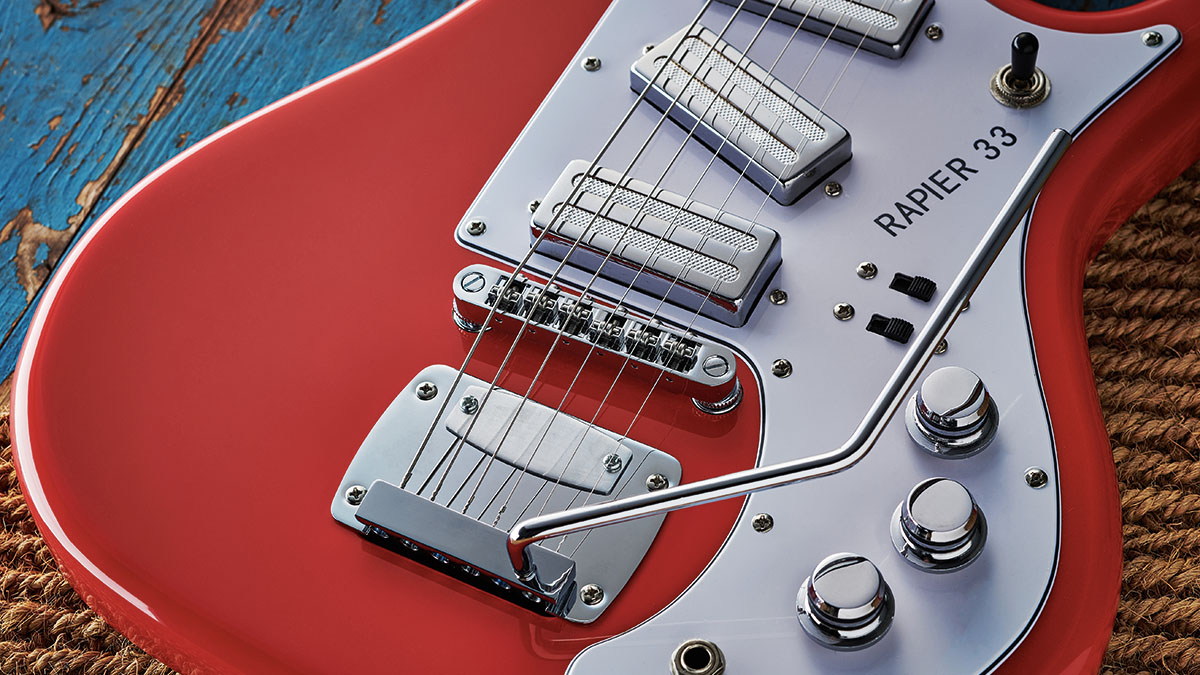
The Fender-scale bolt-on neck is a more generic, untinted maple with an all over gloss finish, while the rosewood fingerboard is a deep, dark chocolate colour. The fingerboard radius ties in with that roller saddle tune-o-matic with a measurement of 305mm (12 inches), and the headstock is based more on JHS’s Vintage line than the original, longer Watkins outline (probably a wise choice).
But we do have a polarising zero fret here, and a Graph Tech NuBone string guide. It might be period correct, but zero frets can wear, especially with vibratos, and we’d question why the design doesn’t feature a standard nut. The thing is, that’s about the only thing we can find to criticise.
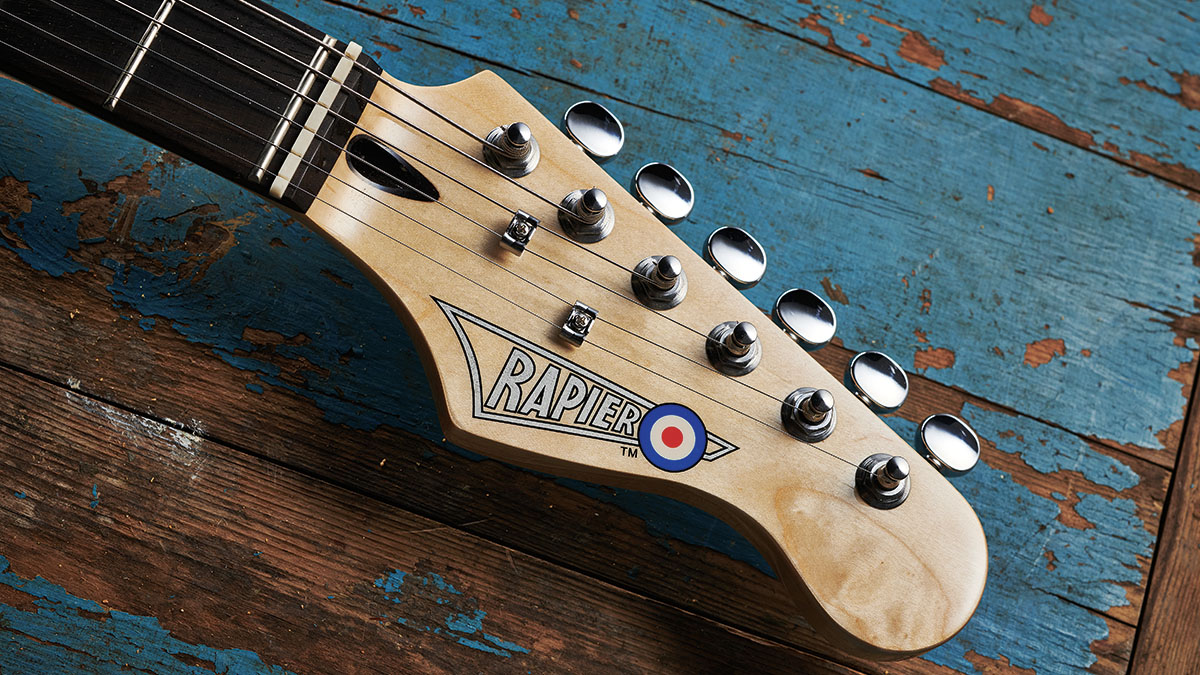
The simple-looking vibrato is based on the original’s ‘Hi-Lo’ type with an anchor bar into which the arm screws – we look at that in more detail in Under The Hood. But it’s the scratchplate-mounted pickups and controls that draw our attention. What on Earth is going on?
As designer Alan Entwistle tells us, the pickups here don’t ape the originals – these are dual-blade mini-humbuckers, with partial covers showing off the silver foil-covered tops, and are height-adjustable in the usual manner. The middle pickup is slanted, like the originals, and in theory that increases both the treble and bass response as well as giving a strong visual statement: this is not a Stratocaster.
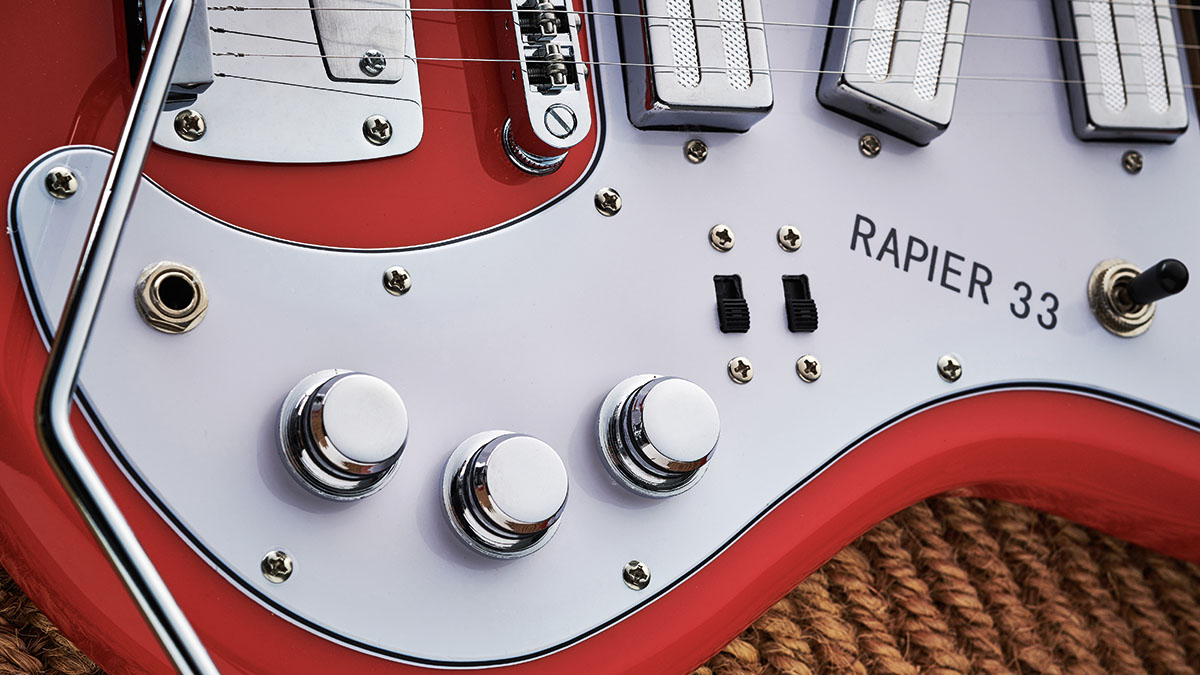
In typical modular style, the pickups, controls and output jack are all mounted on the three-ply scratchplate with a standard-looking toggle switch, two smaller slide switches and three rotary controls with rather flashy looking chromed knobs with rubber grips. But what do they all do?
Pulling up the bridge-facing mini-switch introduces a bass-cut, like a Jaguar, but for the bridge and neck pickups only. We think Rapier needs to supply an instruction sheet!
Starting with both mini-switches pushed down away from the strings, the 33 acts as a two-pickup guitar with just neck and bridge pickups selected by the toggle switch in the usual fashion. The upper rotary control is a volume (let’s call it volume 1), the lower knob a master tone.
Slide the neck-facing mini-switch up and the middle pickup is introduced and controlled in level by that middle rotary, volume 2, while the upper volume 1 does the same for the bridge and neck pickups. Pulling up the bridge-facing mini-switch introduces a bass-cut, like a Jaguar, but for the bridge and neck pickups only. We think Rapier needs to supply an instruction sheet!
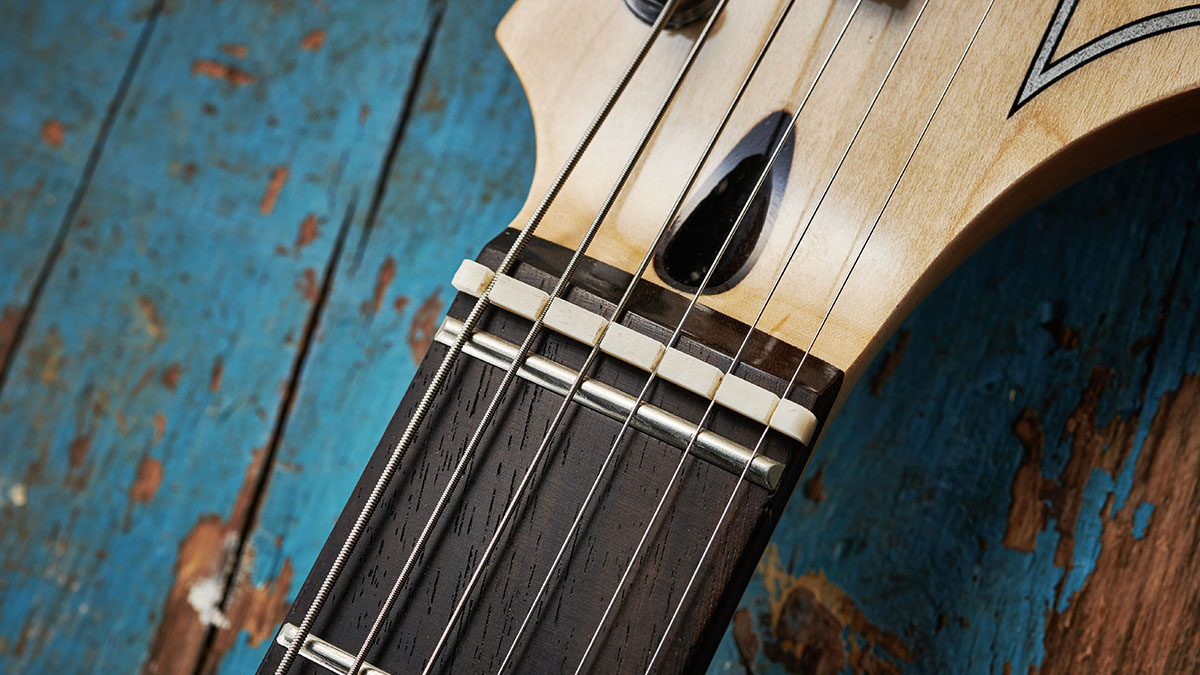
Feel & Sounds
To be fair, once we worked out what the controls actually do, the drive isn’t as difficult as it might seem. Basically, the 33 functions as either a two-pickup or three-pickup guitar, and with both mini-switches down the mini-humbuckers are well voiced.
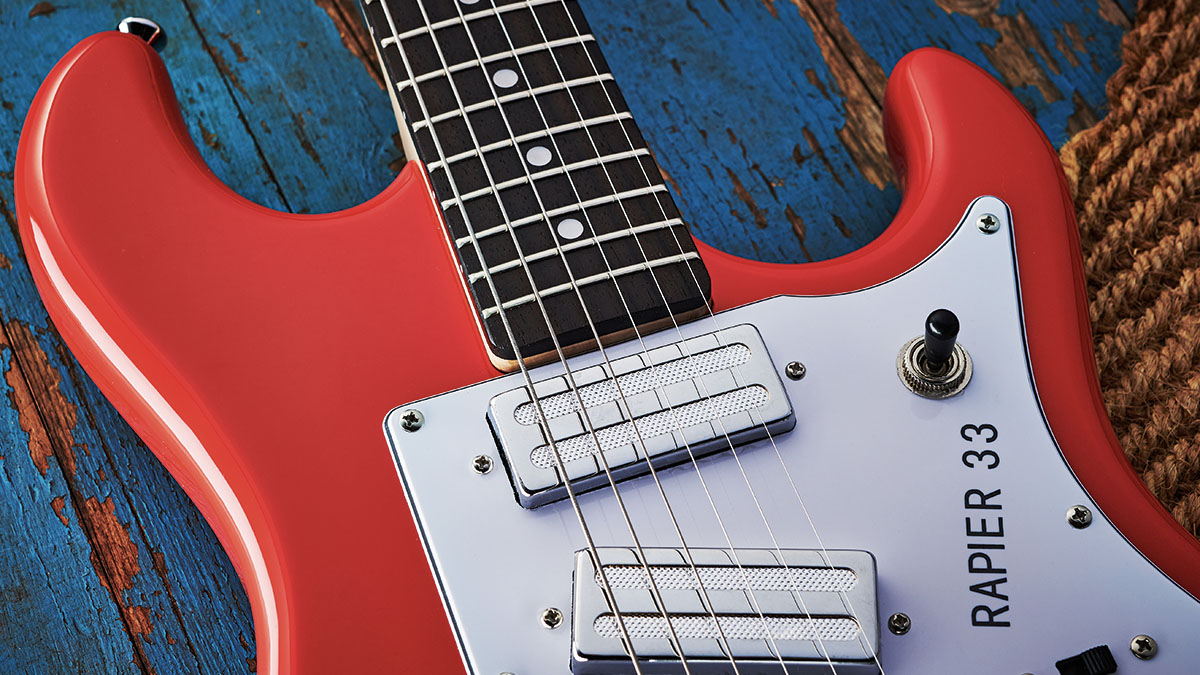
The neck is nice and Fender-y but with a smooth attack, and its narrow aperture typically provides a leaner single-coil-like snap. The bridge has more kick and adds some humbucker thickness, but, again, it’s narrower sounding than a full-size humbucker – and the mix works really well, too.
Played clean, the guitar covers a lot of ground: the neck does jazz if you need, the mix is rich and bouncy (both are really good rounded funk tones, too), and that bridge pickup moves from older-style biting blues to a Rickenbacker-like clean punch.
The pickups don’t sound like they’re heavily potted – which may be a problem if you’re using high gains – but it adds to the lively nature of the instrument, particularly if you’re chasing more retro-y lower-gain sounds.

Engage the bass-cut and, well, it’s not called the ‘strangle switch’ for nothing! In this two-pickup mode it really thins out the sound, producing a wire-y, almost out-of-phase character begging you to kick in a fuzz or gnarly overdrive.
Bring the middle pickup into play here and immediately things thicken up as you wind it into any of the pickup selections – with or without that bass-cut.
There are considerable subtle shades to play with as you adjust the volumes playing off the bridge and neck (volume 1) with the middle (volume 2). If you’re into your parallel pickup combinations, you’ll have a field day here – especially with the bass-cut engaged.
It’s a perfectly good player, too. Our sample is well set up, and while you can hear a few ‘pings’ from that zero fret as you bend strings when you’re unplugged, plugged in they’re just not audible. The ‘offset’ vibrato brings its own character – bends seem to take a little longer to hit the note and sustain appears slightly short, again Jazzmaster-like.
The neck is a little thicker in depth than you might expect – 21.8mm at the 1st fret thickening up to 24mm by the 12th – with a well-shaped C profile. The fingerboard edges are lightly rounded and the fretwork is perfectly competent, even though the string guide’s edges are left rather sharp.
The vibrato is light and smooth and, with the strings stretched, holds its tuning. We’ve been left with a very positive impression: irrespective of its past, this is a perfectly valid guitar that’s a good player with plenty of good sounds.
Verdict
This new Rapier is heavily inspired by its 60s forerunner and may simply be another slice of nostalgia. But not unlike Danelectro or even Gretsch, the appeal isn’t just for those old enough to remember the originals.
Far from it. Aside from the style, the unusual pickup switching and dual-volume controls give considerable scope – with or without the bass-cut engaged. It does take a little while to get your head around the possibilities, particularly because your head expects a more Strat-like function.
The vibrato has a light, expressive feel with really very good out-of-the box stability and return-to-pitch
For the price, though, the simple build is rather good. It’s a great little player, and while the zero fret might be a retro step too far, in reality it doesn’t affect anything plugged in and the vibrato has a light, expressive feel with really very good out-of-the box stability and return-to-pitch.
So, nicely retro with expansive and diverse sounds that are all hum-cancelling. You can’t help thinking you’re getting a lot of guitar for the money, and it’s a refreshing change to the multitude of more standard Strat-inspired electrics out there.
Specs
- PRICE: £429
- ORIGIN: China
- TYPE: Double-cutaway solidbody electric bolt-on
- BODY: Okoume
- NECK: Canadian maple, soft ‘C’ profile, bolt-on
- SCALE LENGTH: 648mm (25.5”)
- NUT/WIDTH: Graph Tech NuBone/
42.9mm - FINGERBOARD: Rosewood, pearloid dot markers, 305mm (12”) radius
- FRETS: 22, medium, plus larger gauge zero fret
- HARDWARE: Original-style Rapier Hi Lo vibrato with roller saddle tune-o-matic-style bridge, Wilkinson E-Z-Lok tuners – chromed-plated
- STRING SPACING, BRIDGE: 51.5mm
- ELECTRICS: 3x Alan Entwistle EWR64 mini-humbuckers, 3-way toggle pickup selector, 2x slide switch (middle pickup on/off; bass-cut), volume 1 (bridge and neck), volume 2 (middle), master tone
- WEIGHT (kg/lb): 3.44/7.58
- OPTIONS: None
- RANGE OPTIONS: None
- LEFT-HANDERS: No
- FINISHES: Fiesta Red (as reviewed), 3 Tone Sunburst, Arctic White, Daphne Blue – all gloss including neck back and headstock
- CONTACT: John Hornby Skewes

Dave Burrluck is one of the world’s most experienced guitar journalists, who started writing back in the '80s for International Musician and Recording World, co-founded The Guitar Magazine and has been the Gear Reviews Editor of Guitarist magazine for the past two decades. Along the way, Dave has been the sole author of The PRS Guitar Book and The Player's Guide to Guitar Maintenance as well as contributing to numerous other books on the electric guitar. Dave is an active gigging and recording musician and still finds time to make, repair and mod guitars, not least for Guitarist’s The Mod Squad.
“It holds its own purely as a playable guitar. It’s really cool for the traveling musician – you can bring it on a flight and it fits beneath the seat”: Why Steve Stevens put his name to a foldable guitar
“Finely tuned instruments with effortless playability and one of the best vibratos there is”: PRS Standard 24 Satin and S2 Standard 24 Satin review

